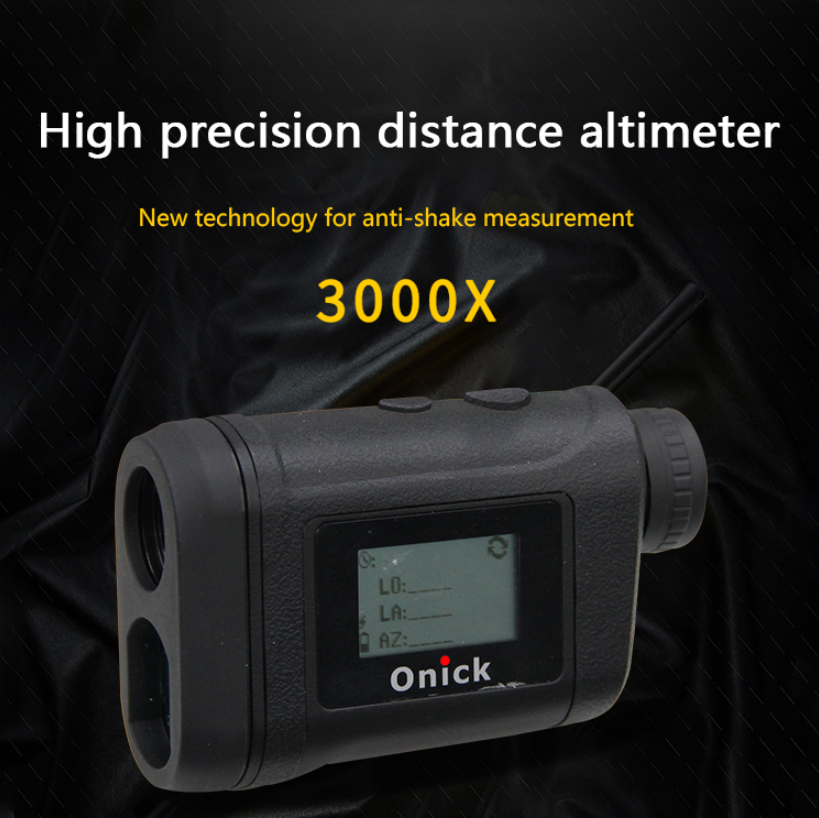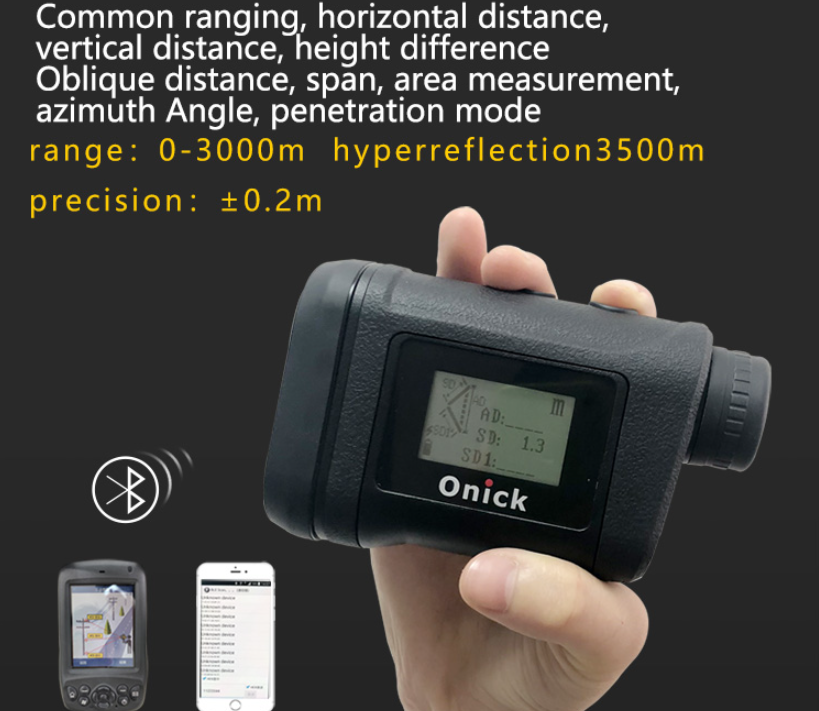The principle of photoelectric laser rangefinder is based on the time-of-flight method. Simply put, a laser is emitted from the rangefinder towards the target, and the time for the laser beam to reflect off the object and travel back to the receiver is measured. This calculation can be used to determine the distance between the rangefinder and the target object.
The laser used in a photoelectric laser rangefinder is usually a semiconductor laser, which emits a pulsed beam of light at a specific frequency. The beam is directed towards the target object through a series of lenses and filters to ensure that it is well-focused and remains stable over long distances.

As the laser beam reaches the target object, it reflects back towards the rangefinder and is picked up by a light-sensitive receiver. The receiver converts the light into an electrical signal, which is then amplified and used to trigger a timer circuit. The timer circuit measures the time delay between the emission of the laser beam and the reception of its reflection. This time delay is proportional to the distance between the rangefinder and the target object.
The accuracy of a photoelectric laser rangefinder depends on a number of factors, including the power and stability of the laser, the accuracy of the timing circuit, and the reflectivity of the target object. Though rangefinders are often highly accurate, they may still be affected by atmospheric conditions, such as fog or rain.

Photoelectric laser rangefinders are widely used in a variety of fields, including military and civilian applications, such as surveying, forestry, and hunting. In military applications, laser rangefinders are often used for target acquisition, artillery adjustment, and missile guidance.
In civilian applications, they are used for a variety of purposes, such as golf range measurement, construction and engineering, and outdoor activities, such as hunting and hiking. Some rangefinders also come equipped with additional features, such as angle compensation or ballistic calculations, to help hunters and shooters more accurately judge range and adjust their shots.




